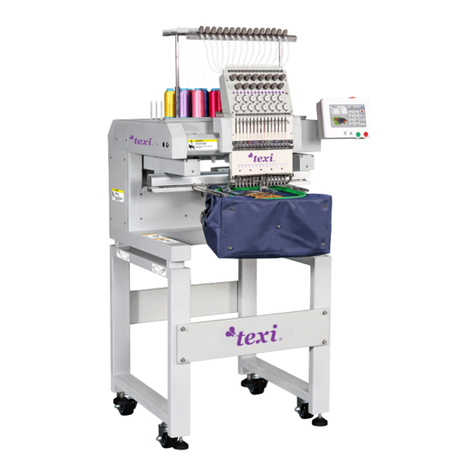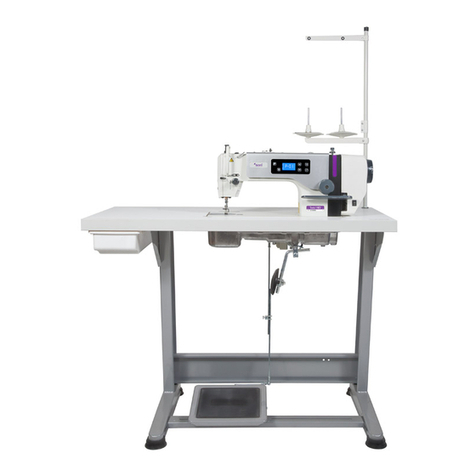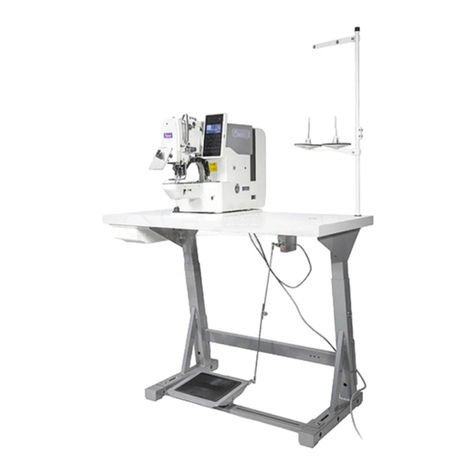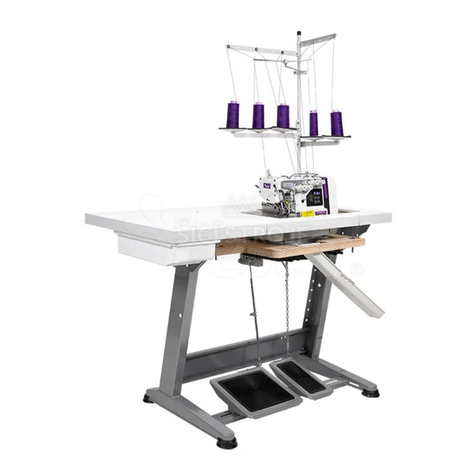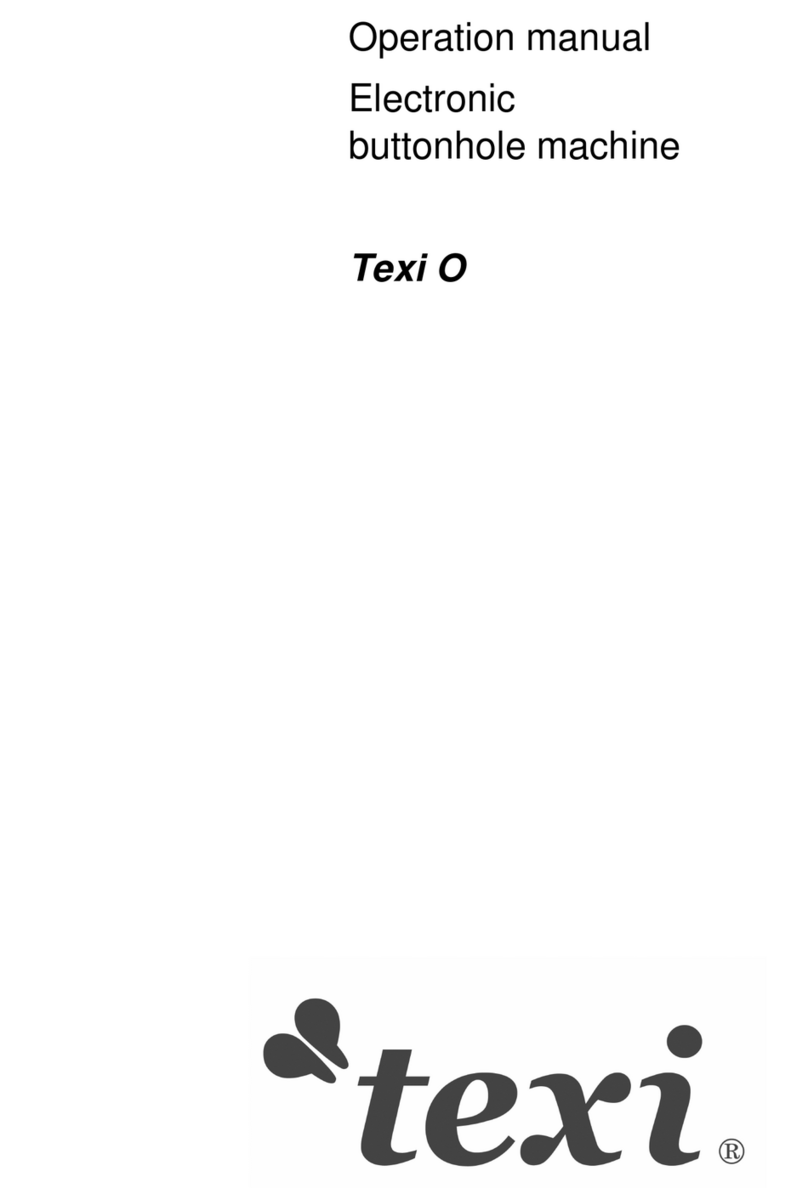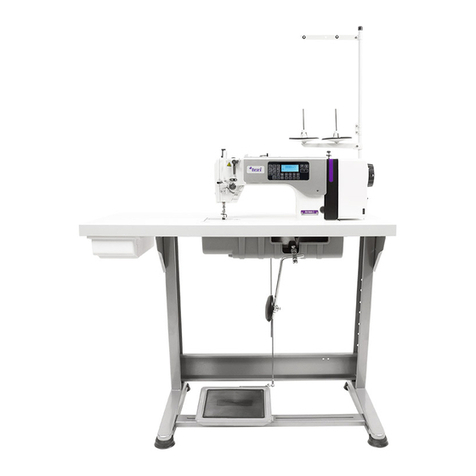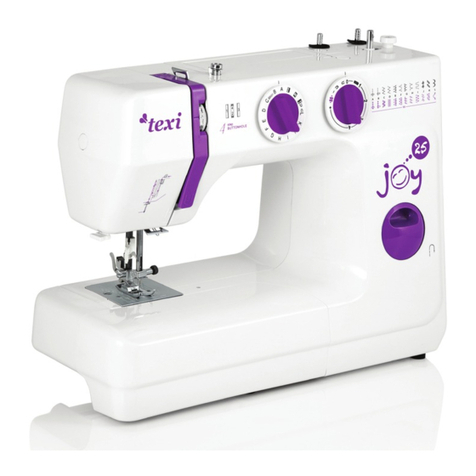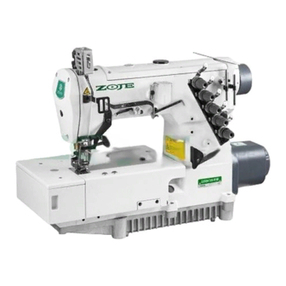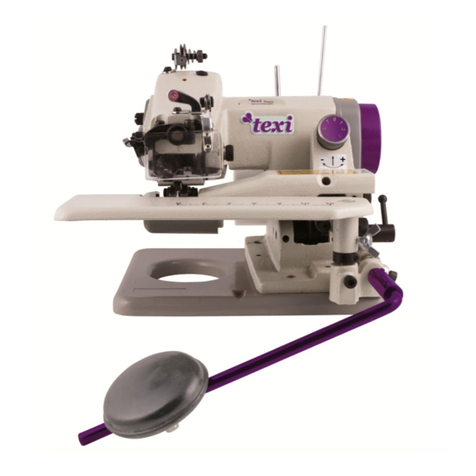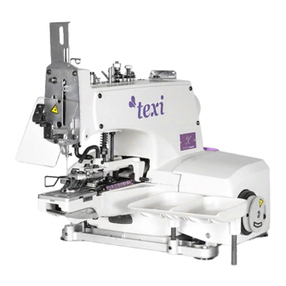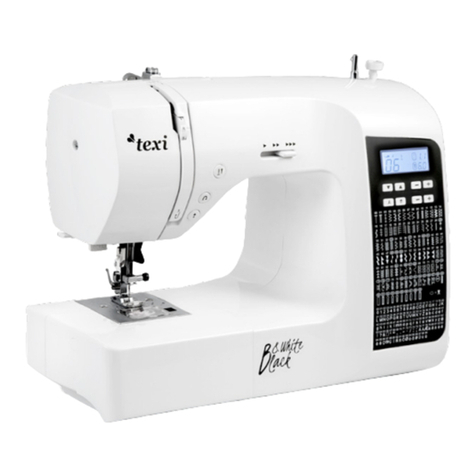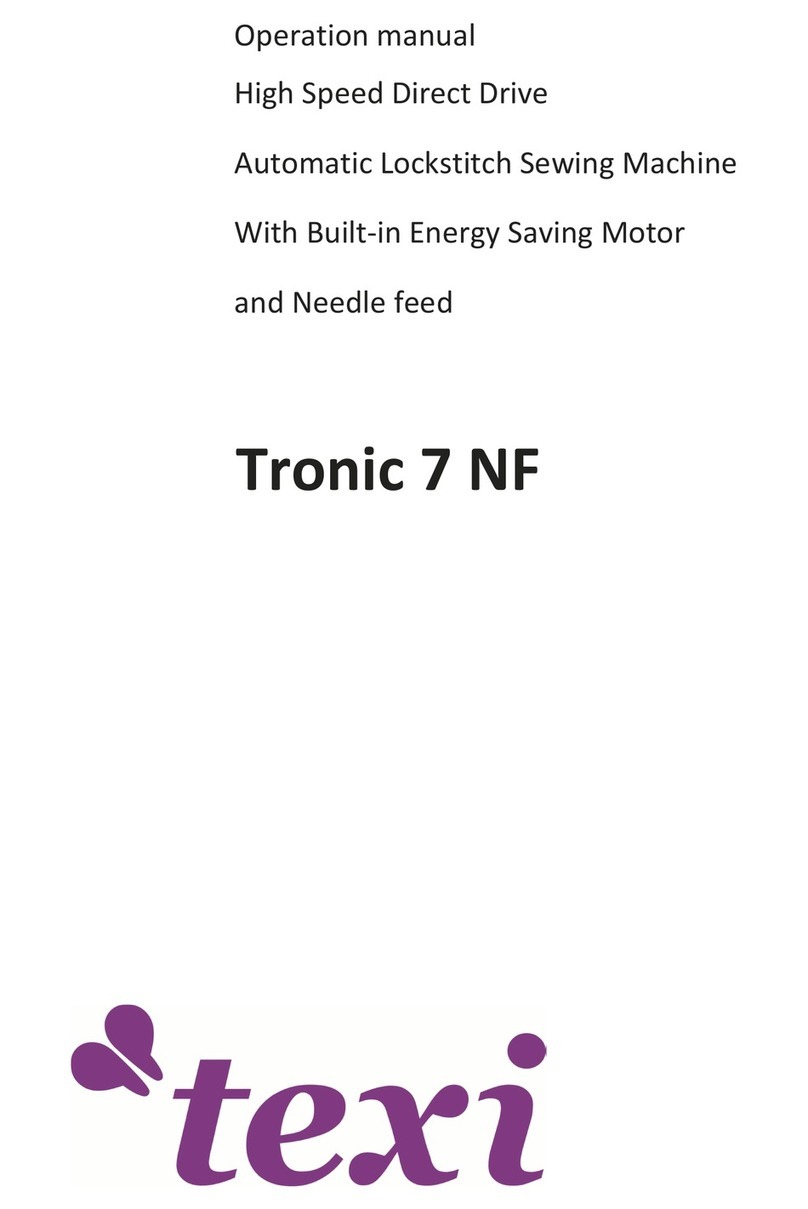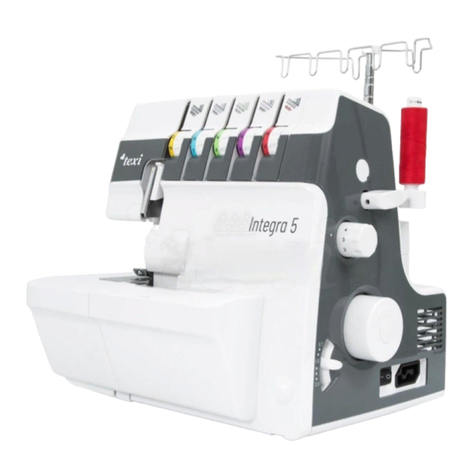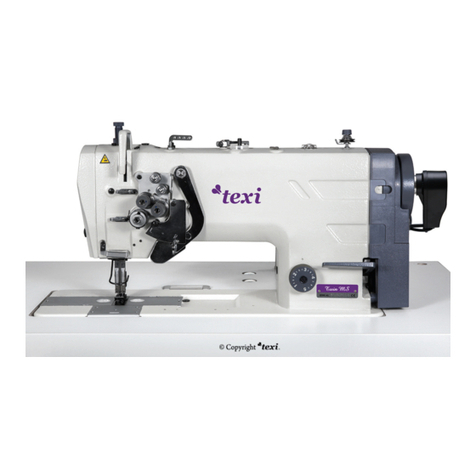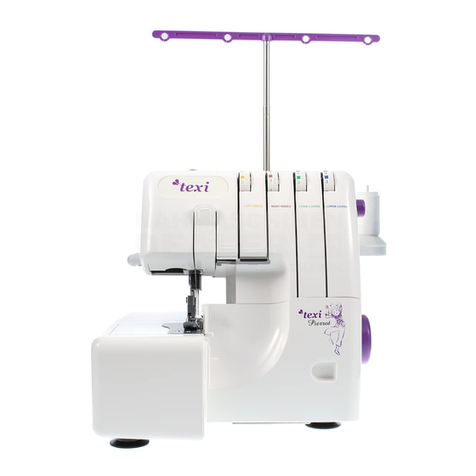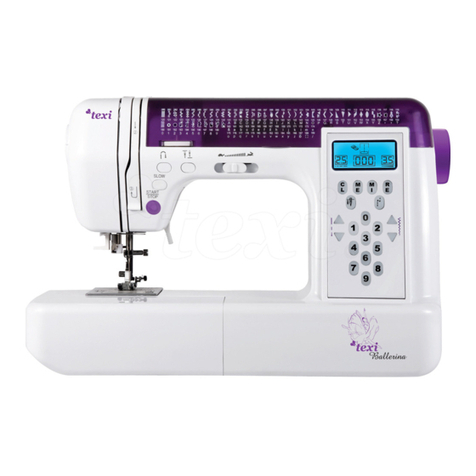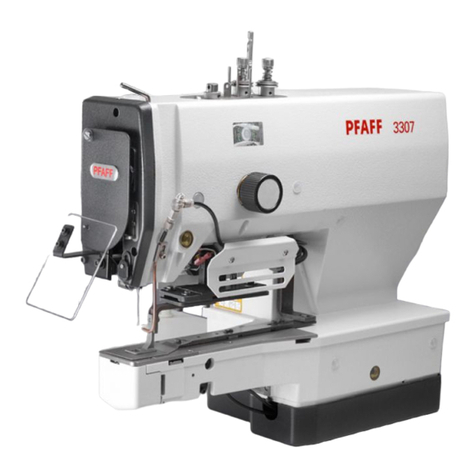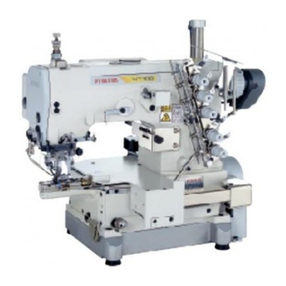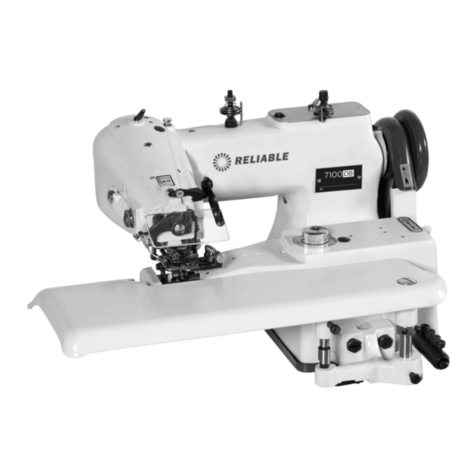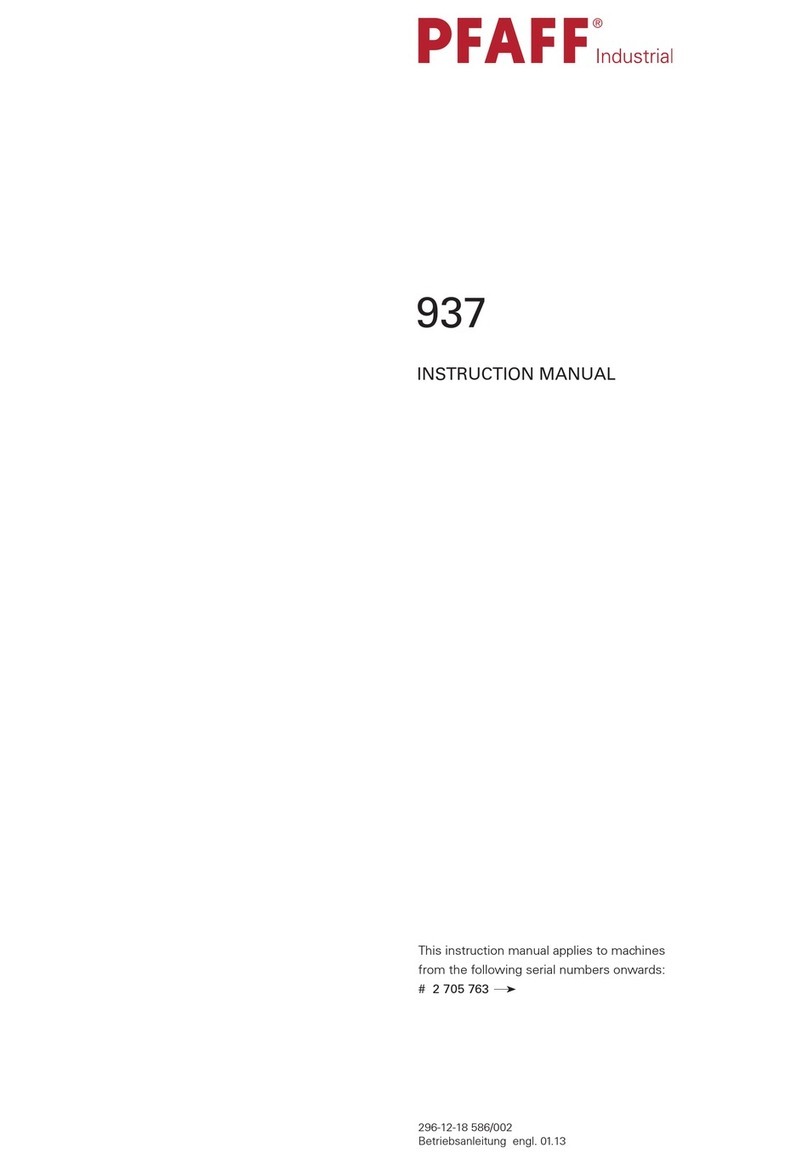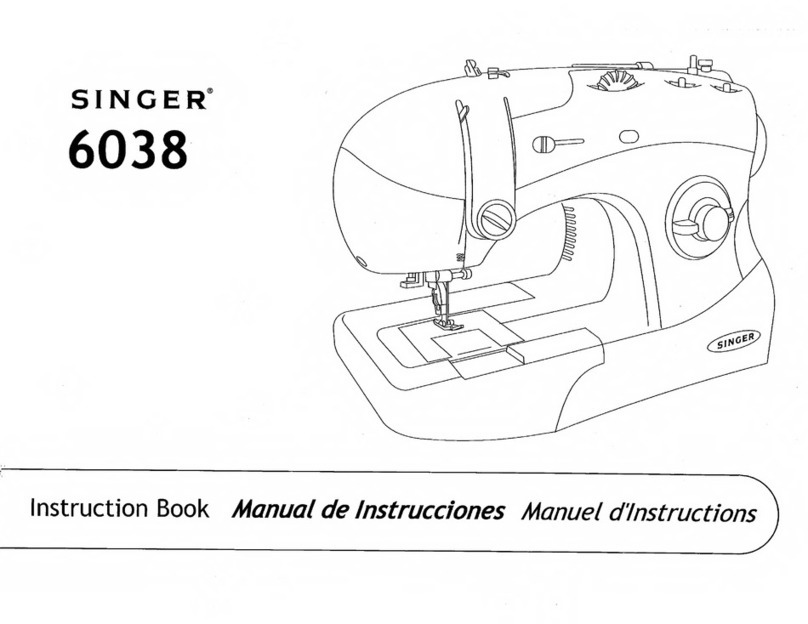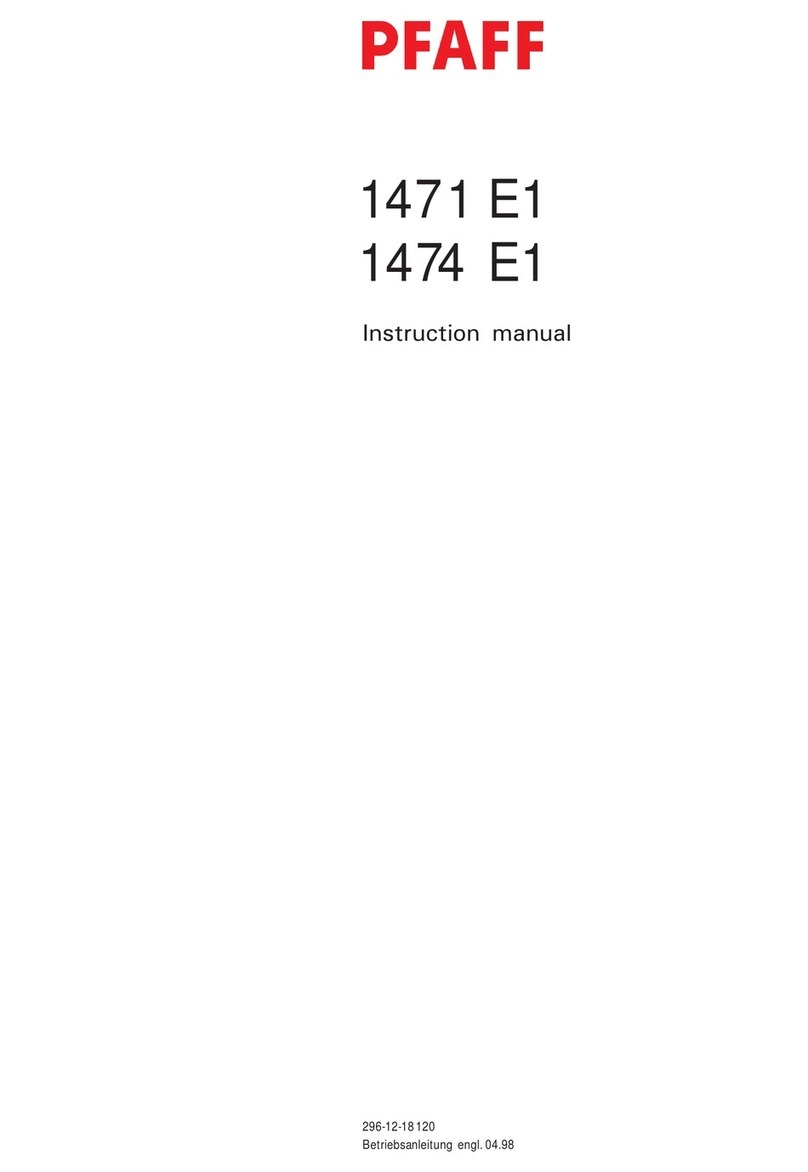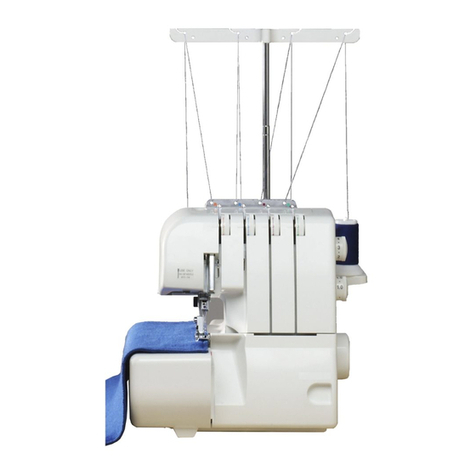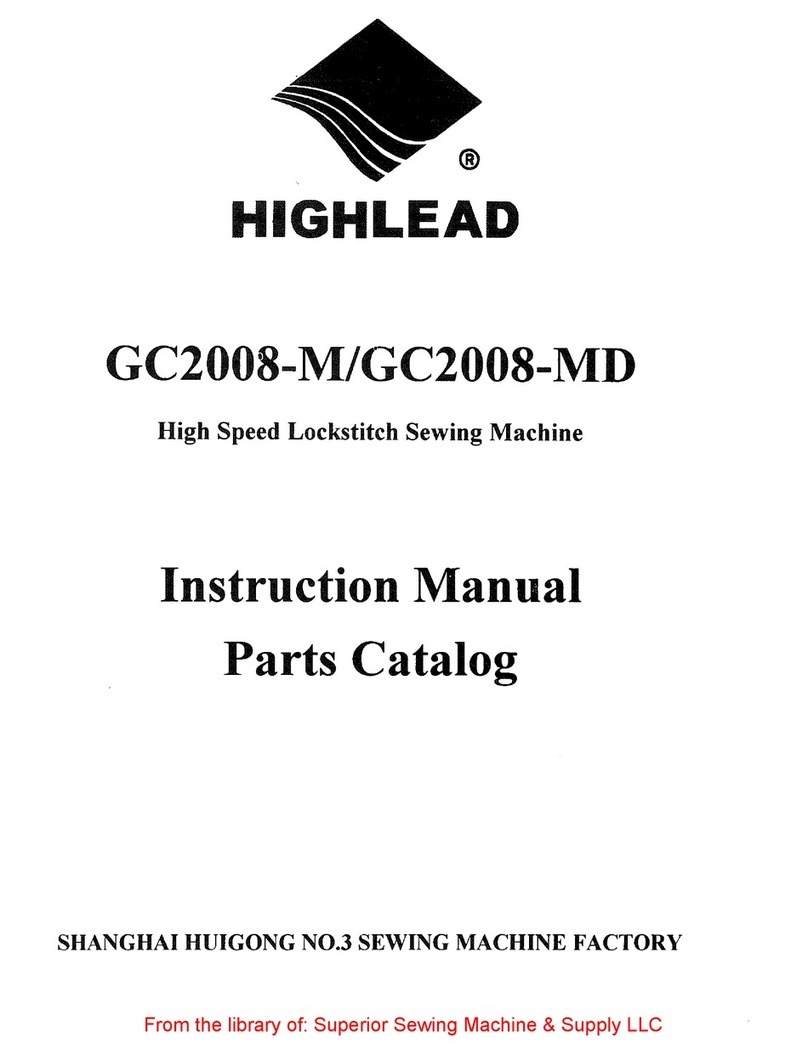
Operation Manual –TEXI 781 SERVO
Table of Contents
1. The height of the needle bar
2. The cooperation of the needle and the hook
3. Matching of the baseline adjustment handle
4. The needle bar cooperation
5. The adjustment of the needle drop
6. The height of the needle bar swing fork
7. The position of the under feeding crank
8. Front and rear position of the presser foot
9. Cutter falling time
10. The position of the cutter falls
11. Knife of action hook position
12. Adjustment of the stop device
13. Start the position of the security hook
14. The amount of back and forth movement of the upper knife
15. Left and right position of the upper knife
16. Height of the upper scissors
17. The position of the roll into the upper thread at the start of sewing
18. The time when the scissors are opened
19. Adjustment of the limit plate
20. Safety crank adjustment
21. Upper scissors spring pressure
22. Fixed knife position
23. Height of the presser plate
24. Low speed bump position
25. Starting lever and starting ram position
26. Belt adjustment
The adjustment of other parts
1. Adjust the position of the left and right stitches according to the width of the hole:
2. Adjustment of the tension opening time
3. Adjustment of the wiper
4. Adjustment of thread adjustment hook
5. Lower thread lever adjustment
6. Lower thread tension spring
7. Adjustment of the bobbin pressure bar device
1. The height of the needle bar:
Adjustment requirements:
When the needle bar is at the lowest point, the distance between the lower end surface of the
needle bar and the upper plane of the needle plate is 11.9 mm.


